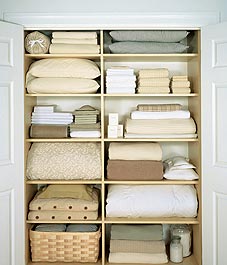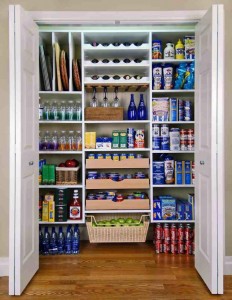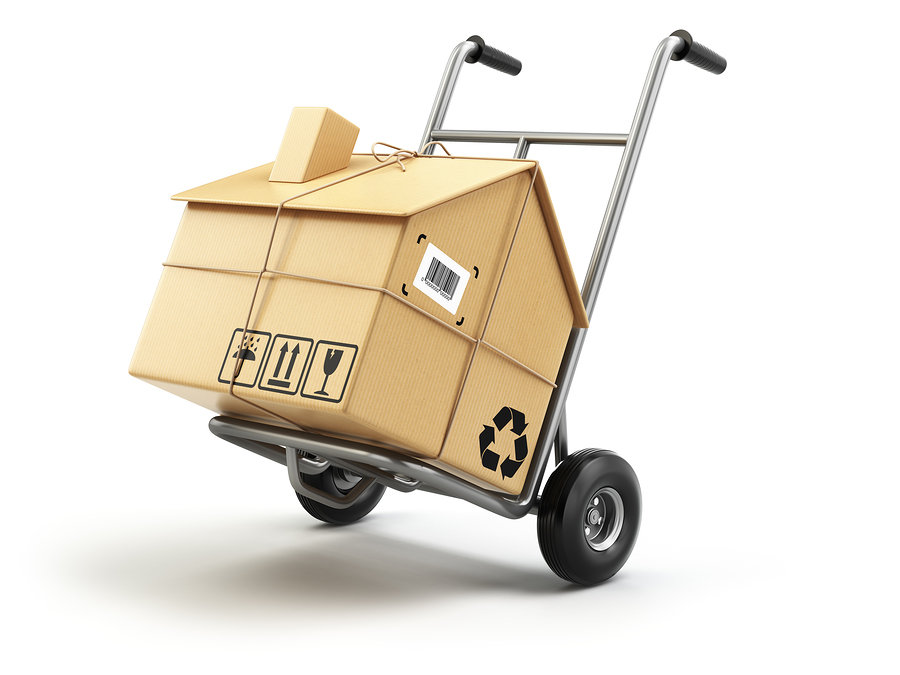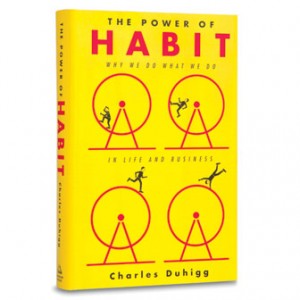Sleep is an essential human function. We all need roughly 8 hours a night, and yet many of us cannot seem to get enough. Experts agree that consistency, along with the right environment, can assist in making this process easier. To an organizing and time management professional, this says to me that the way we organize our our bedrooms and daily routines can drastically affect the quality and quantity of our sleep. For optimal sleep, try implementing the following suggestions into your life.
1) Routine: The most important thing you can do to encourage sleep is to develop a daily sleep routine. In this routine, you’ll want to perform the same activities, in the same order, each day to let your body know you’re getting prepared for sleep. This may include brushing your teeth, setting the alarm, or taking a few meditative breaths. Whatever the activities are, do them right before getting into bed each day. The same is true in the morning, have a waking up and getting up routine that is the same each day.
2) Atmosphere: Ideally, your bedroom should be cool, dark, and quiet. The darkness stimulates natural melatonin production, the temperature encourages the body’s natural tendency to cool down while sleeping, and the silence helps to eliminate obvious interruptions. If necessary, consider purchasing ear plugs or a sleep mask to help achieve this environmen t. A bath can also raise your body temp enough to simulate the ideal cooling effect. Finally, the room should also be free from all stress-inducing items, such as bills, work materials, or chore items.
t. A bath can also raise your body temp enough to simulate the ideal cooling effect. Finally, the room should also be free from all stress-inducing items, such as bills, work materials, or chore items.
3) Timing: Just like with any routine, you’ll want to maintain consistency by keeping your bed and rise times stable. Although the weekends can sometimes throw off our sleep schedule, it is important to maintain similar timing as much as possible. David B. Agnus, author of ‘The End of Illness‘ says this will help to train your body to start shutting down around the same time each day and lead to improved sleep and health.
4) Distractions: Although technology is an important part of our lives, it can also be a hindrance to our sleep. Consider turning your phone on silent or leaving it in another room during sleeping hours. This will help reduce the urge to check it when you see a new message come in while you should be getting some shut eye. TVs, computers, and tablets can also delay sleep as the light can trick the body into thinking it should be awake. As a general rule of thumb, attempt to leave all technology out of the bedroom.
When you start to think about sleep in the same way you would for other routines or responsibilities you can start to understand the importance of basic things like establishing a bedtime. We hope these will help you get the restful night’s sleep you deserve.
TWOW














